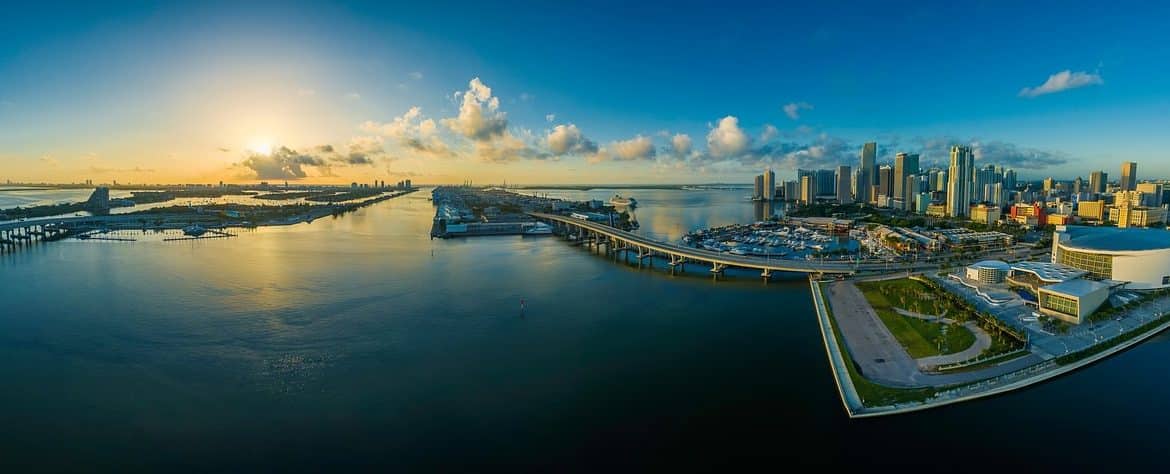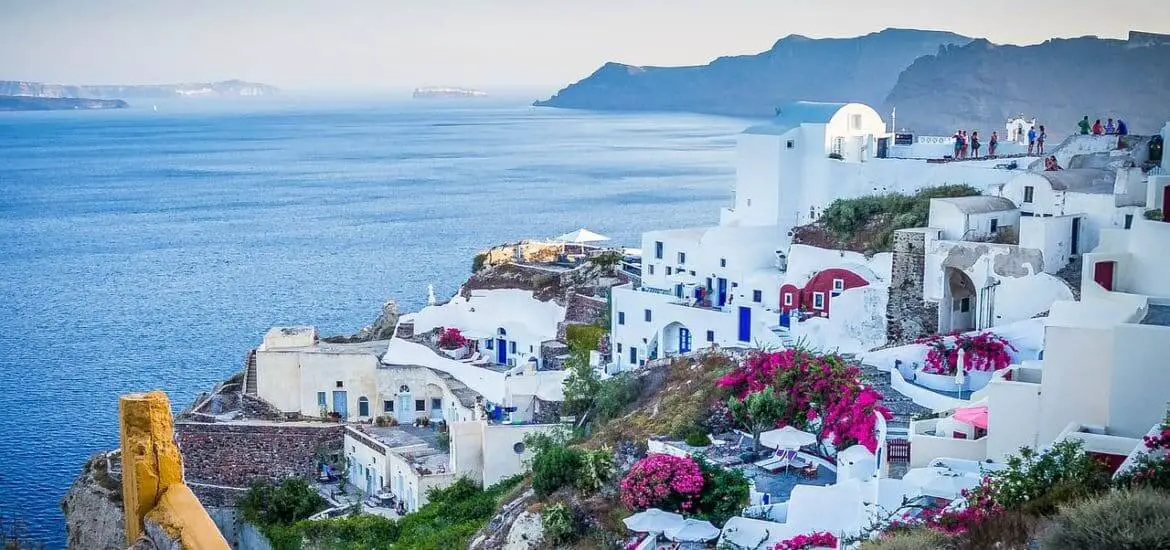Dilemma in Public policy making
The formulation of items on plans that are used by an organization or government as a basis for making decision is how policy making is described conventionally. There is a need to discuss the problems that hinges on how one defines policy making. Public policy is viewed as whatever governments choose to do or not to do. Such definitions may be adequate for ordinary discourse but to do a systematic analysis of any public policy new more precise definition or concept is needed to structure our thinking and to facilitate the effective communication between actors or set of actors dealing with a problem. An approach to develop reliable theories and explanations about public policies and their politics in tourism industry has been done already in Tourism Policy-Making in Southeast Asia: A twenty-First Century perspective by Linda Richter. Public policies emerge in response to policy demands, or those claims for action or inaction on some public issue made by other actors—private citizens, group representatives, or legislators and other public officials—upon government officials and agencies.[1] Therefore the factors or patterns affecting policy making in tourism industry are to be identified.

Diversity in Southeast Asia -Idea of multiculturalism
Tourism policy making in Southeast Asia is difficult because it is politically economically linguistically, geographically, religiously and historically diverse. There is extreme variation in their public bureaucracies and political cultures (few regions are colonial, few are Dutch and Portuguese, French etc).Some are even animist believers. Therefore, policy making is quite difficult with in such standard set .It can set dispute between regions. Therefore, a culturally diverse society needs a kind of policy that aims at protecting cultural diversity.(multiculturalism)[2]

Stages in Tourism policy making-Learn from the past
Talking about the stages of tourism policy making .Common patterns and approach needs to be identified to move ahead with policy making. One of the earliest public policy decision in South East Asia was for the civil administration who headed for the hills and it became their summer homes. But those who tried to hurry the East found it quite difficult to adapt in the new environment. Also the risky political situation in a few countries did not let tourism grow. Malaysia separated from Singapore and still faced ethnic riots that poisoned its tourism prospects. Singapore eventually emerged as the ‘Gateway to Southeast Asia’, proving out to be competition to Hong Kong by a level of cleanliness, political stability, shopping and commercial center.

National level tourism plan was adopted. Target of tourism was shifted from domestic to international tourism. Western tourist were preferred over Asian. The type of tourist clientele was preferred over pilgrims, students etc. It had become more luxury seeking. Philippines was the most celebrity seeking. For instance Manila airport had covered a wall with pictures by school children to hide poverty.
Security
Also the distribution of tourists plays an important role in tourism policy making. There has always been a dilemma between enclave tourism[3] v/s integrated tourism[4]. Naive tourists were protected from the dangerous local population but naive residents were not given any attention in various countries. Settlements were removed just to make resorts.
Philippines, Myanmar, Indonesia Vietnam, Cambodia and Laos worked out tourism in their own ways. Due to official corruption, sex tourism and notorious motels started coming up in few regions. Also tourist bring diseases with themselves and local residents do not have immunity against it. In Thailand, Hong Kong, Vietnam and Indonesia, bird flu had already killed some people. Factors like growth of terrorism, the emergence of SARS and threat of a flu results in cancellation of travel and this had cost the region greatly. Even though some of the key factors in the success of many Southeast Asia destinations are appropriately discussed in the existing policy making research such as sex, ecotourism and exotic but other emerging and arguably equally important issues such as drugs, cuisine and spirituality are completely disregarded. Niche tourism was also on the up-swing. A special and growing niche in Philippines, Singapore and Thailand was health related tourism. Cruise- ship tourism was also a growing niche.
Holistic approach
Therefore the local issues need to be dealt globally and not on a country by country basis. Major threats such as 2004 tsunami, smaze, trafficking in women and children and pedophilia tours have created changes in existing tourism policy making. It was seen that NGOs had been more active to curb this problem compared to government. Therefore, future policy making of tourism which is a fragile industry, needs to integrate with environment and local public.
Author Bio: Samreen is a graduate in Architecture from F/O Architecture & Ekistics ,Jamia Millia Islamia.Currently pursuing M.Arch (Urban Regeneration) from Jamia. She has worked with Abha Narain Lambah Associates and DUSIB-Delhi Urban Shelter Improvement Board previously.Currently she is working as an Assistant Professor at AKTU University,Greater Noida.
[1] Anderson, J. E. (2003). Public policymaking: An introduction. Boston: Houghton Mifflin Company, pp. 1 – 34.
[2] Multiculturalism is a term used in both sociology and political philosophy and can be confused with one another. It is an ambiguous term: it can mean a cultural pluralism in which the various ethnic groups collaborate and dialog with one another without having to sacrifice their particular identities.
[3] Enclave tourism refers to a form of development characterized by socio-spatial regulations of host-guest relations and related mobilities in tourism. Typically such developments contain all or a vast majority of facilities and services needed for tourists who have limited possibilities or desires to leave the enclave. Instead, they are encouraged to stay and consume inside the self-contained resort environment. At the same time, the locals’ access to the enclavic space is often regulated explicitly or implicitly. The enclave segregates tourists from the local community, a form of “neo-colonization” (Hall and Tucker 2004).
[4] Integrated tourism planning is an exercise in good management. To be effective and contribute to the overall management of a destination’s welfare, tourism development should: be coordinated with other activity and policy areas. be supported and promoted by the government.